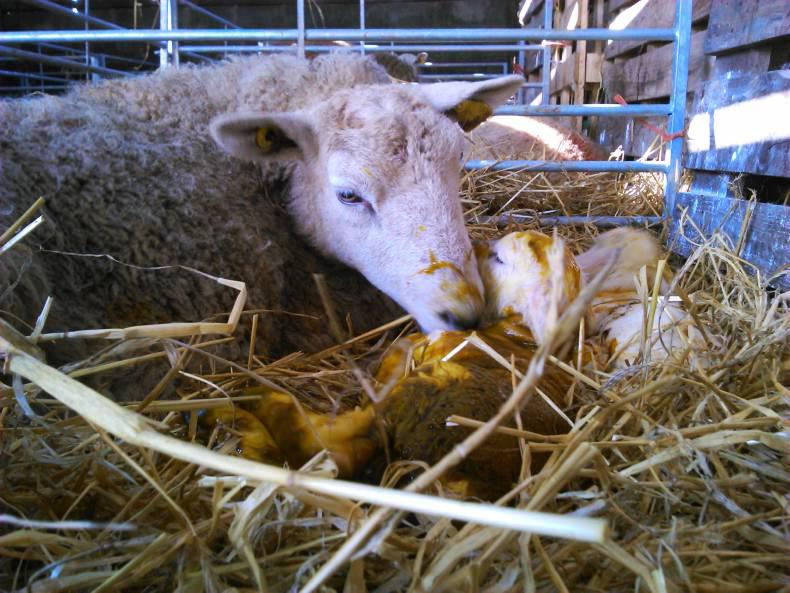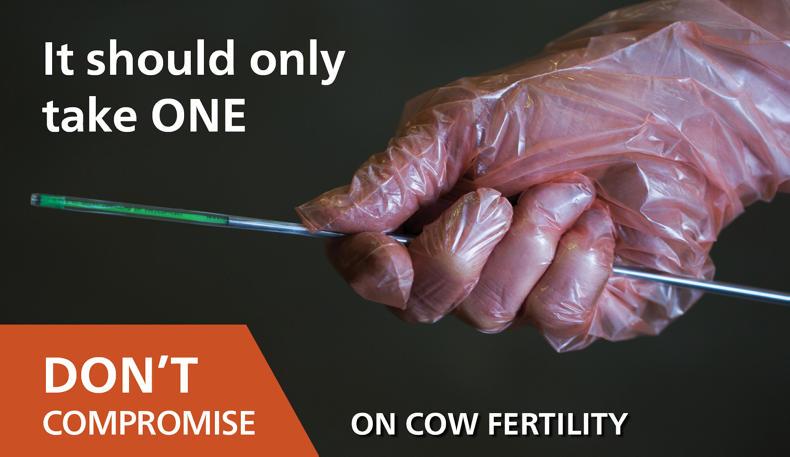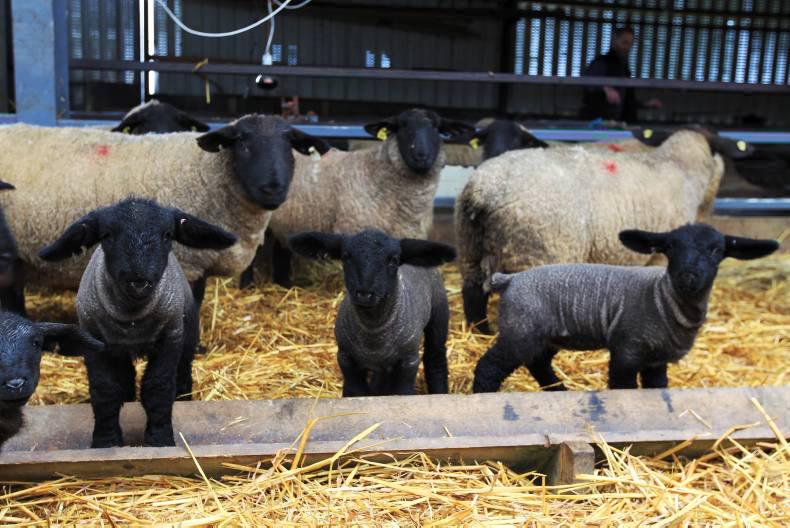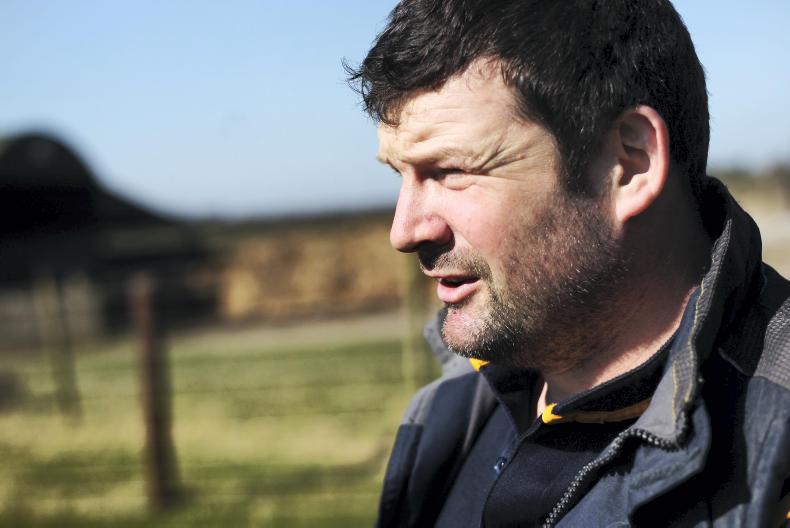Management of yearling ewe hoggets that are rearing lambs was touched on in last week’s management notes. There have been a number of follow-on queries in relation to feeding management in the final weeks of pregnancy and during lactation, and also any health concerns that should be given greater attention.
It is vital to stress the importance of correct feeding management. Where managed correctly, mating ewe lambs will not have a significant impact on subsequent performance. Optimally managed yearling ewe hoggets will actually exhibit greater mothering ability in year two than dry two-tooth hoggets and achieve increased lifetime performance (up to 20% higher). However, if managed poorly in their first year, research has shown it will have a negative impact on litter size, weaning weights and lifetime performance.
For example, research in Massey University in New Zealand has shown that when yearling hoggets were managed optimally during their first year, weight at mating as two-tooth hoggets was 2kg lighter than their dry hogget counterparts but scanning rates were 3% higher. Where hoggets in the study were not preferentially fed, those that lambed and reared lambs were 6kg lighter than their counterparts that were ran dry, with a 12% penalty on lamb weaning weights. In other studies, failing to achieve target weight at mating led to a 6% to 8% reduction in lambs produced over a ewe’s lifetime.
BETTER Farm experience
Similar experience was recorded in studies in the Teagasc BETTER farm Sheep Programme. Replacement hoggets that lambed as yearlings were on average 5kg to 7kg lighter at mating than two-tooth hoggets, with a condition score of 0.25 to 0.5 less than those not mated as ewe lambs. This had a marginal negative effect on reproductive performance, with litter size marginally reduced. Sheep that performed poorest were those falling significantly behind weight targets (80% to 85% plus of mature body weight at mating as two-year-olds).
Programme adviser Ciaran Lynch stresses the importance of timely weaning and good grazing management post-weaning to minimise any negative impacts of breeding yearling hoggets. Table 2 shows the impact on lambing date and stage of weaning on the recovery period to mating.
Pre-weaning experience on the Teagasc BETTER sheep farms shows the highest level of performance where hoggets and their lambs are turned out to reseeded pastures (likely due to a combination of higher quality grass and cleaner pastures).
Advice on late-pregnancy feeding varies. Some farmers adopt a flat-rate feeding for the final seven to eight weeks of pregnancy, with feeding rates generally averaging about 0.25kg to 0.3kg meal for single-bearing ewes and increased for the final weeks to 0.5kg to 0.6kg meals for twin-bearing ewes.
Forage quality and body condition will also have an influence.
In recent studies carried out by Tim Keady in Teagasc Athenry, feeding rates were increased for the final six weeks of pregnancy from a base of 300g, with single-bearing, twin-bearing and triplet-bearing ewes receiving a total of 18kg, 26kg and 33kg concentrate/head respectively. ADAS advice from Britain shows yearling hoggets requiring in the region of 20% more feed than mature ewes to meet increased nutritional demands for their own body growth.
Yearling hoggets are generally in better condition in 2015, with a high percentage at a more advanced stage in terms of mature weight. However, there are also higher litter sizes this spring, which will increase nutritional demands.
Most farmers who have built up experience in lambing yearling hoggets will continue to feed for the first few weeks post-lambing. The volume and length of feeding will vary depending on grass supply, litter size and ewe body condition.
With access to good-quality grass (ideally 5-6cm+ grass height), many farmers will supplement single-suckling hoggets for two to three weeks at a rate of 0.3kg to 0.5kg per head per day. Where grass is in short supply, feed 0.5kg per head.
Twin-suckling hoggets, of which there is a higher percentage in 2015, have a far higher nutritional demand and should be managed in a similar way to triplet-suckling ewes. With access to good quality grass, twin-suckling ewes should receive supplementation at a rate of 0.5kg to 0.7kg per head (higher rates for ewes in below optimum condition) for at least five weeks.
Where grass supply or quality is limited, supplementation rates will need to be increased to 0.8kg to 1kg per head until grass supplies recover sufficiently.
Yearling hoggets have a high protein demand (milk and their own growth) and should be continued on a ration or nut with a crude protein content of 18% to 20% with soyabean the protein source.
Hoggets and their lambs should be run as a separate flock. If lambing at the same time as the mature flock, there may be an opportunity to cross-foster lambs from twin or triplet litters to single-bearing mature ewes. It is advisable to creep-feed lambs to reduce pressure on lactating hoggets. The recommendation is to feed creep restricted at a rate of 300g per head daily up until weaning. Where grass is scarce, this should be increased to 500g per head daily. The protein content of creep feed is recommended at 18% from turnout until lambs are six to eight weeks of age. Thereafter, the crude protein content can be reduced to 14% to 16% protein. Feeding highly palatable cooked or crunch rations will get lambs accustomed to feed faster.

Once this has been achieved, a standard high-energy ration or lamb pellet will suffice. As lambs get older and get accustomed to eating, feeding in troughs through a creep gate will be more beneficial in ensuring all lambs receive their allowance over offering in creep feeders. Table 1 details the cost of creep-feeding at varying supplementation rates and feed costs.
Monitoring performance
Given its impact on lifetime performance, it is important to monitor hoggets and their lambs closely to ensure body condition is not suffering greatly or growth rates are overly limited. Lambs should be weaned at a maximum of 12 to 13 weeks of age. If hoggets are behind target, early weaning at 10 weeks of age can be considered to allow more time to regain condition pre-mating (Table 2).

Since yearling hoggets generally lamb at the end or well into lambing of the main flock, it is vital to maintain high levels of hygiene. Lambing pens should be cleaned and disinfected where possible. Yearling hoggets also tend to have a lower colostrum yield and for this reason it is important to have a source of artificial or frozen colostrum, especially for multiple births, to ensure lambs get the best possible start and also prevent any issues with inadequate colostrum intake (watery mouth, joint ill, etc).
A significant health factor with hoggets rearing lambs is a reduction in natural immunity to worms.
For this reason, it is important to include worm treatment (ideally determined by faecal egg counts) in flock health plans.












SHARING OPTIONS